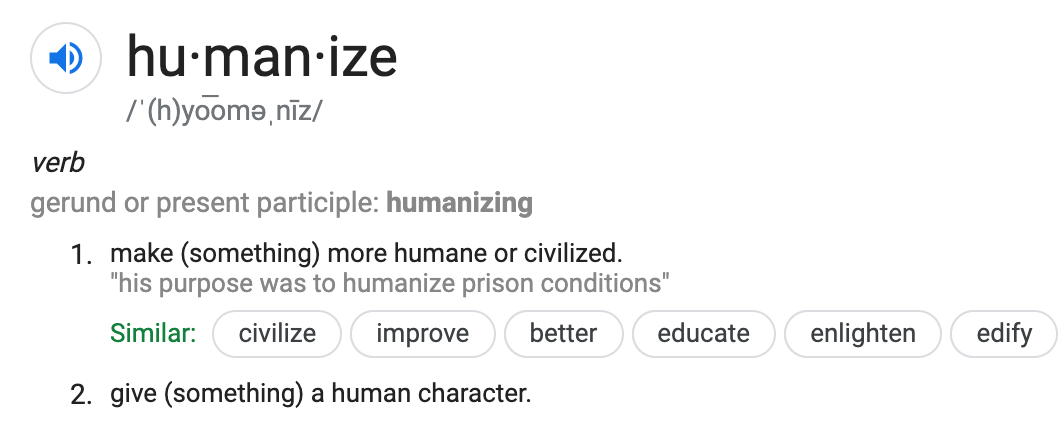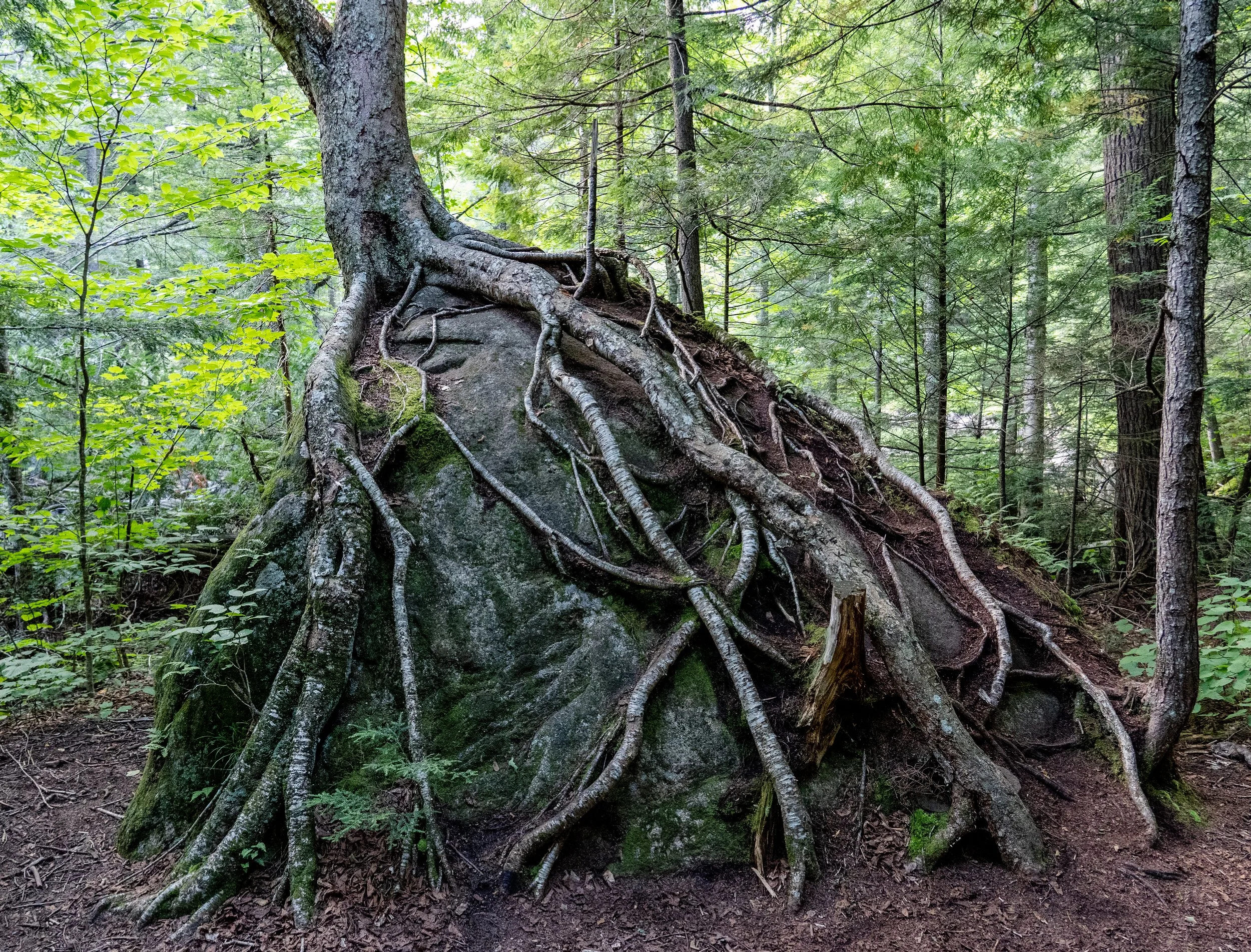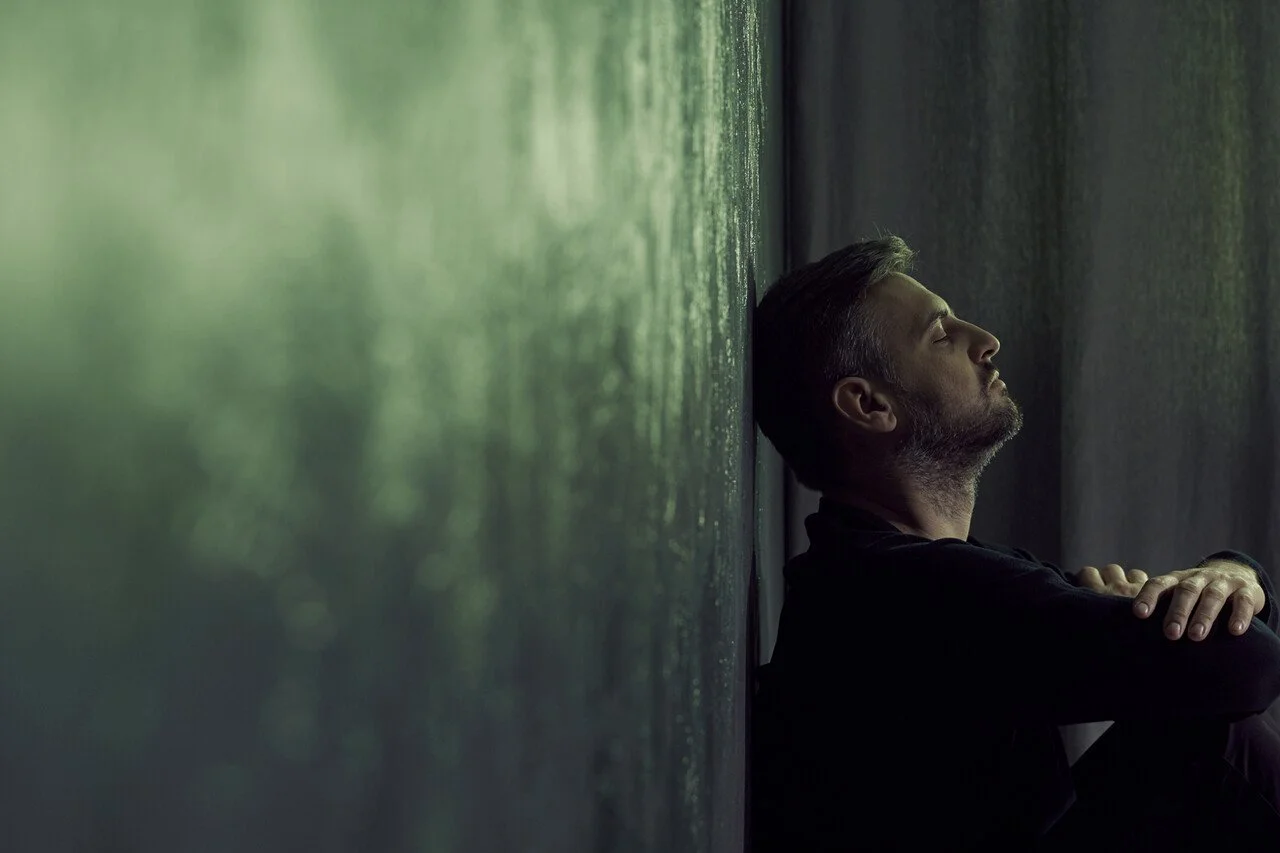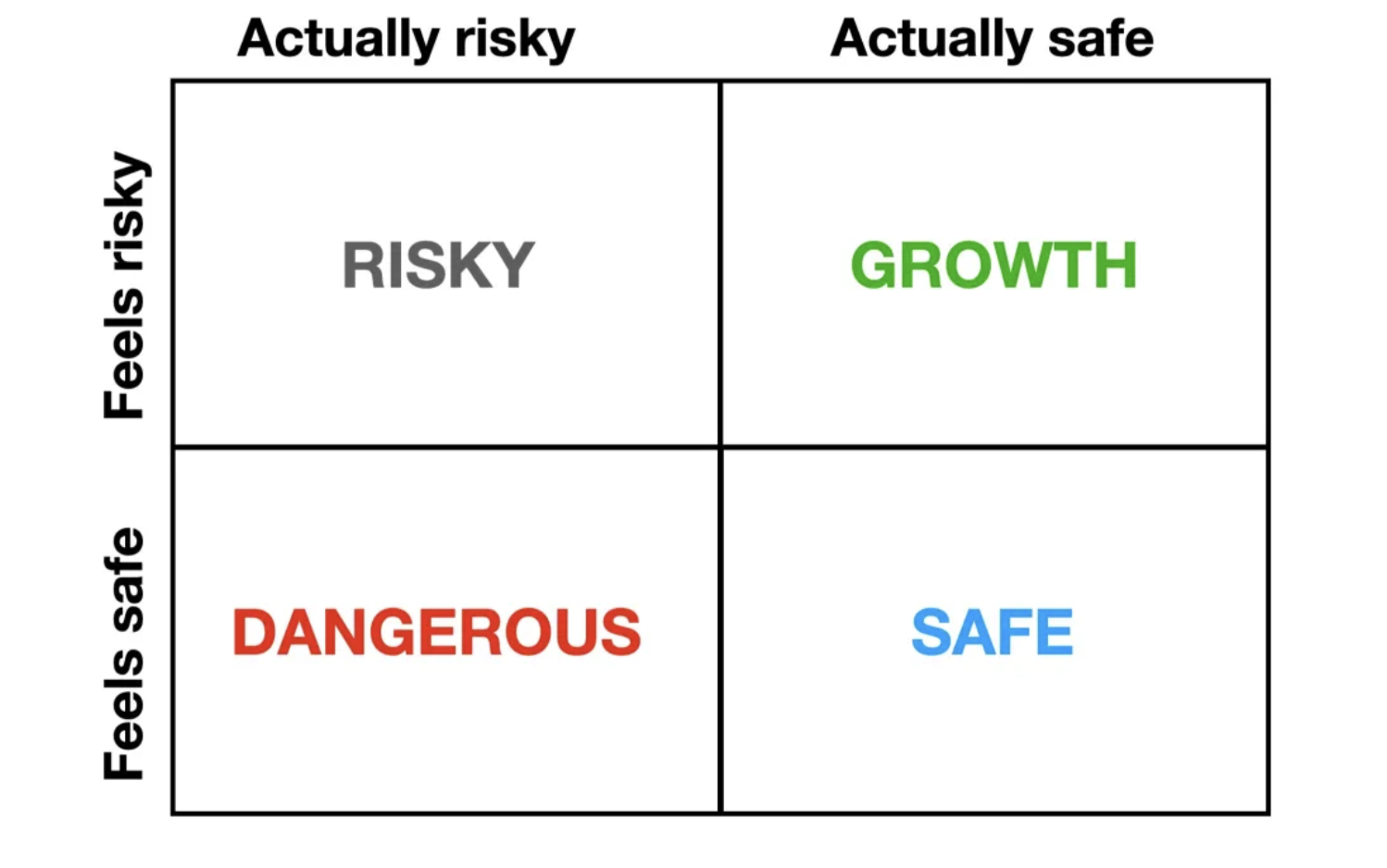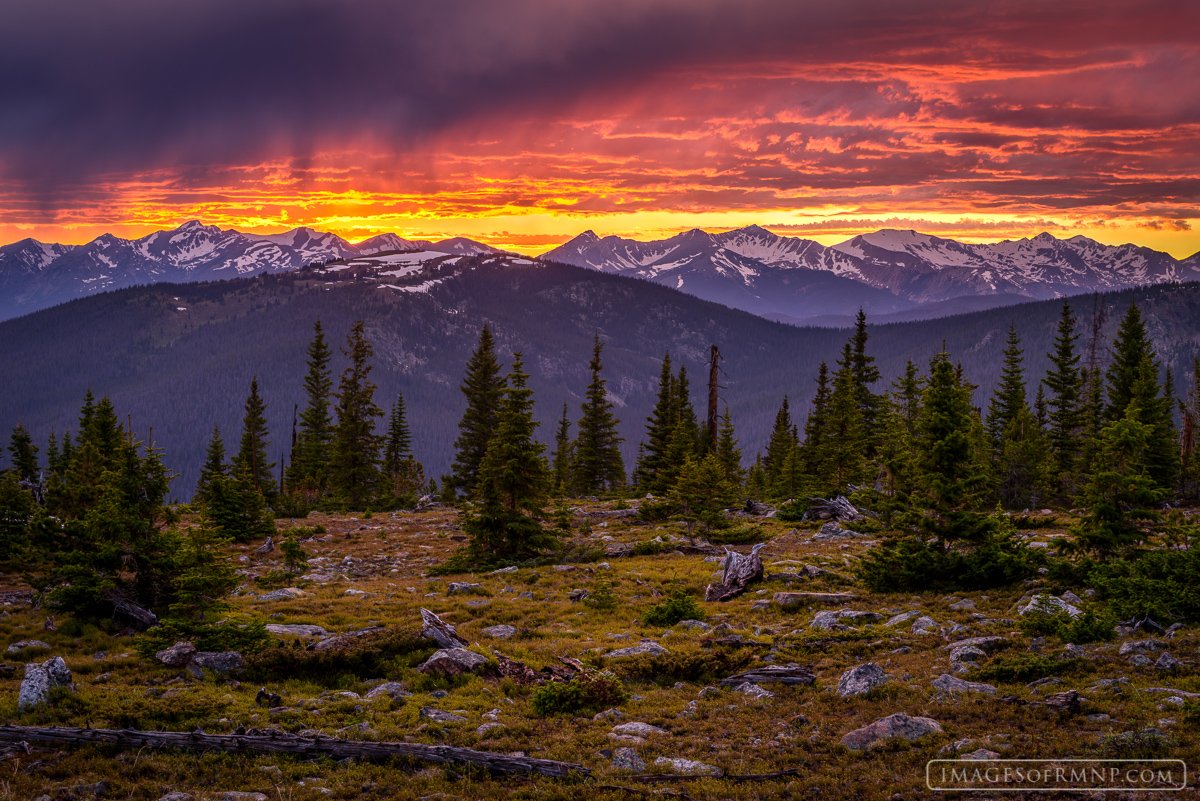For months before the deaths of Ahmaud Arbery, Breonna Taylor and George Floyd, I’d been thinking a lot about what it means to see people as human--not as sub-human or super-human but simply as human.
In the past two weeks, I’ve heard the wise, prophetic and caring black community say this to me as a white person:
Do your work.
Do it for the long haul.
Do it with other white people.
(They have said much more than this and much more eloquently—this is only a rudimentary summary.)
As a narrative therapist, I have always believed I have to do the work of knowing my own story before I can care about the stories of others. I will never empathize with another’s experience of oppression until I have named harm in my own life.
When it comes to telling the truth about our lives, I watch myself and others primarily lean one of two directions
1. An initial dive into our past confronts of us with traumatic things our parents did or failed to protect us from. This often leads to our first version requiring us to name the horror and terror we experienced, often painting our parents as caricatures of monsters.
OR
2. An initial dive into our past confronts us with emotional neglect and black holes in our family that absorbed the light and air necessary to be our true self. This often leads to our first telling feeling fuzzy, tentative and unjust and invites us to use overly forgiving phrases like, “they did the best they could with what they had.” We paint picture of our parents as imperfect superheros loftily floating in the sky above us rather than people who feel close and concrete.
In Alain de Botton’s talk “Why You Will Marry the Wrong Person” he describes how our hope of loving someone begins with our ability to hold together opposing truths about those who raised us (time stamp: 9:33-11:33).
Anyone we love is going to be a perplexing mixture of the good and the bad. Ambivalence is an immense psychological achievement—the ability to both hate and love someone. We start off with idealization and we end up often with denigration. True psychological maturity is the capacity to realize that anyone you love is going to be a mixture of the good and the bad. Love is the recognition of ambivalence.
What story do you need to tell of both the tragedy and the beauty of those who raised you? How will you engage the work to see those in your story, as well as yourself, as more human in order to embrace the humanity of others?
Want to experience what it means to do your own story work?
Join a FREE 90-minute community call discussing actor Shia LaBeouf’s journey of telling his story and humanizing his father through the making of his film Honey Boy.
Date: Monday, June 29th from 6:00-7:30 PM MST
